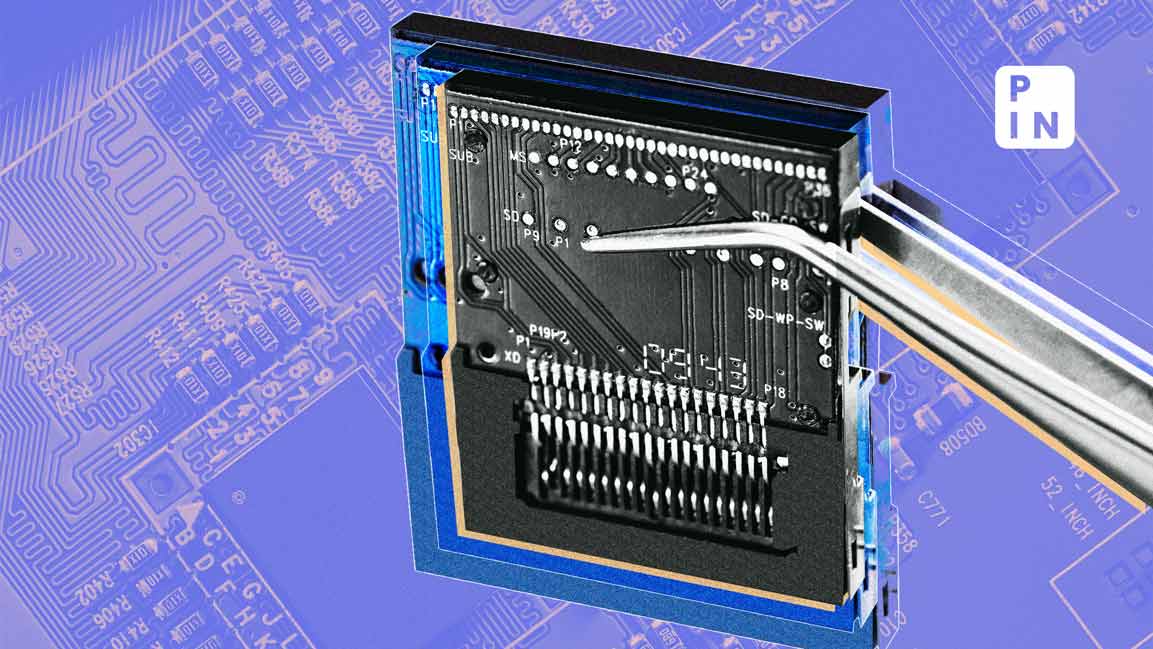- | 6:00 pm
The case for maintaining tariffs on imported phone parts
Import tariffs are vital for sustained competitiveness in smartphone manufacturing, economic think tank GTRI says

Differing views have emerged from economic think tank Global Trade Research Initiative (GTRI) and industry lobby India Cellular and Electronics Association (ICEA) on the appropriate duty policy for smartphone parts, ahead of the interim budget.
Maintaining the current import tariffs is crucial for the long-term success and competitiveness of the smartphone manufacturing industry, rather than just concentrating on short-term, minor assembly work, GTRI said in a report.
The current import duty structure allows mobile manufacturers to export large volumes without paying import taxes on the raw material or mobile components, the think tank said.
Because of the current tax policy and production-linked incentive schemes, over 98% of smartphones sold in India are made domestically, the research group said, while pointing out that Indian mobile phone manufacturers exported phones worth $13.9 billion last year.
Big firms such as Apple, leveraging special economic zone (SEZ) policies, have exemplified the benefits of these policies, contributing significantly to the industry’s success, the report said.
Apple collaborates with contract manufacturers Foxconn and Wistron to make smartphones in India. Both Foxconn and Wistron are located in SEZs. Foxconn has a large facility in Sriperumbudur, near Chennai in Tamil Nadu, while Wistron operates an SEZ unit in Narasapura, near Bengaluru, Karnataka.
Foxconn focuses on manufacturing, assembling, and exporting electronic products, including iPhones and other Apple devices, while the Wistron unit primarily makes iPhones and other Apple products.
In 2023, Apple’s iPhone production in India exceeded ₹1 trillion (about $13.5 billion), with phones valued at ₹65,000 crore being exported. Apple can import all necessary inputs and machinery for manufacturing these export-oriented mobile phones duty-free.
“Reducing these tariffs could risk the emergence of transient assembly operations, potentially undermining the deeper, value-added manufacturing that is crucial for long-term industry health,” GTRI said.
Removing tariffs might lead to a rise in superficial assembly plants that rely on imported parts and contribute little to the local economy, it added, while highlighting that such setups would likely vanish once government incentives end, harming deeper, more sustainable manufacturing efforts in India.
The case for slashing tariffs
Industry lobby India Cellular and Electronics Association (ICEA), meanwhile, has made the case for simplifying the current intricate tariff structure and folding the duties into three distinct slabs: 0%, 5%, and 10%.
In a report ahead of the interim budget, which will be presented on 1 February, mobile phone manufacturers have asked the government to slash taxes on imports of phone components, which in turn will boost domestic production of handsets and help the industry become globally competitive.
This revision, the manufacturers said, will help triple mobile phone exports to $39 billion by 2027, up from $11 billion in 2023, and almost double domestic production to $82 billion by 2027 from last year’s $44 billion.
The step-up in domestic production following the rationalization of the taxes will help domestic businesses compete against counterparts in China and Vietnam, where input tariffs are much lower, the manufacturing body said.
India’s average most favored nation tariff for inputs is 8.5%, higher than China’s 3.7%, ICEA said in the report, adding that in effect, Beijing’s tariffs are closer to zero because most mobile production occurs in ‘Bonded Zones’ where all inputs are at zero tariffs.
In Vietnam, about 80% of the components that nation imports come from countries with which it has free trade agreements, leading to a lower average tariff of 0.7% when compared with India’s 6.8%, ICEA said in the report, titled ‘Comparative Study of Import Tariffs Impacting Mobile Manufacturing and Exports.’
Imported parts make up to 90% of the cost of smartphones made in India, GTRI said, adding that the increase in the import cost of electronic components from $24.4 billion to $30.7 billion, a 25.5% growth in the past year, indicates heavy reliance on imported parts in local manufacturing.
GTRI expects additional value to increase as more components are made locally. However, cutting import duties on components will kill any incentive for setting up a deep manufacturing operation in India. Firms will happily assemble a mobile phone from nearly ready imported kits. They will pack and go as soon as Government incentives disappear.













